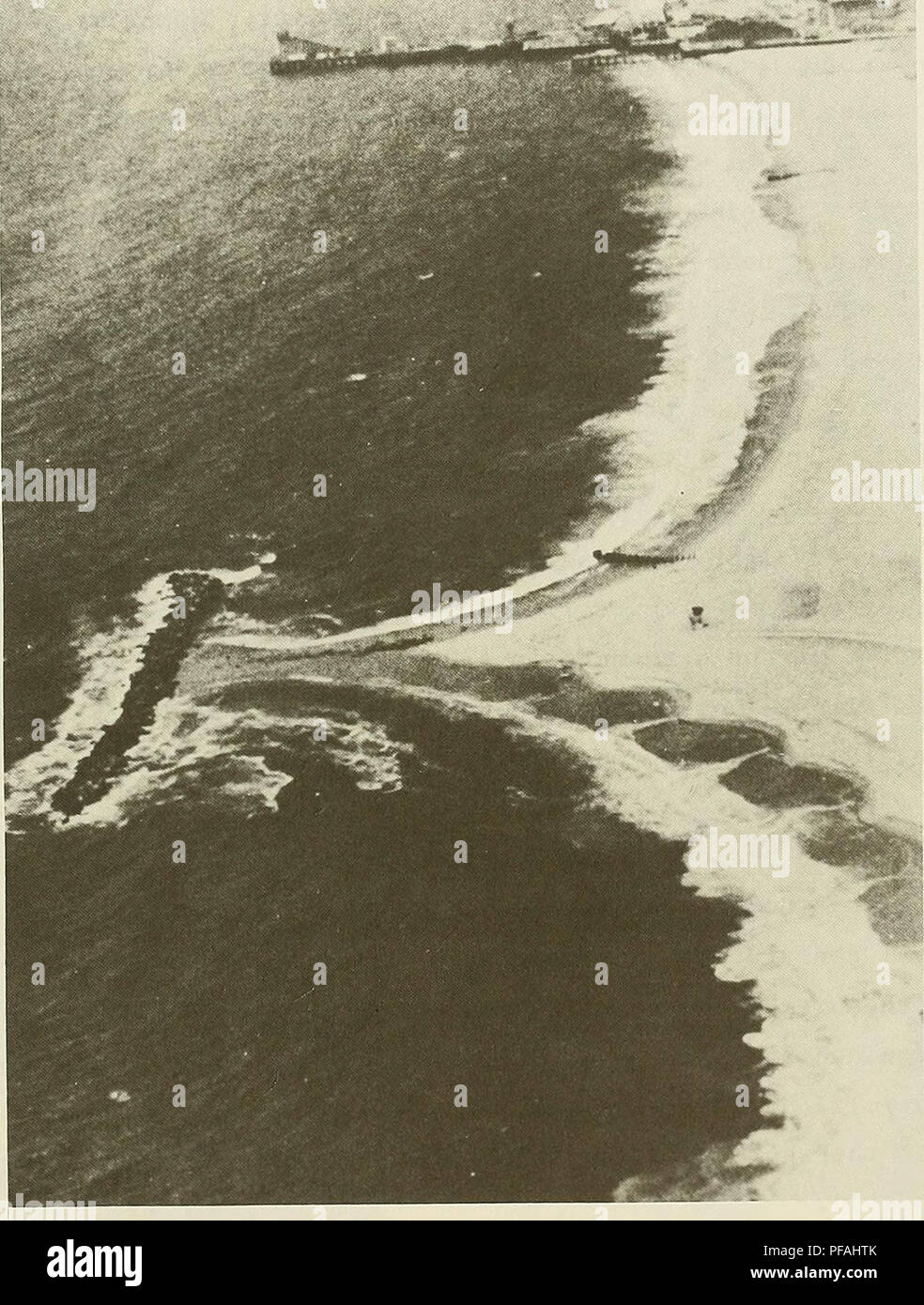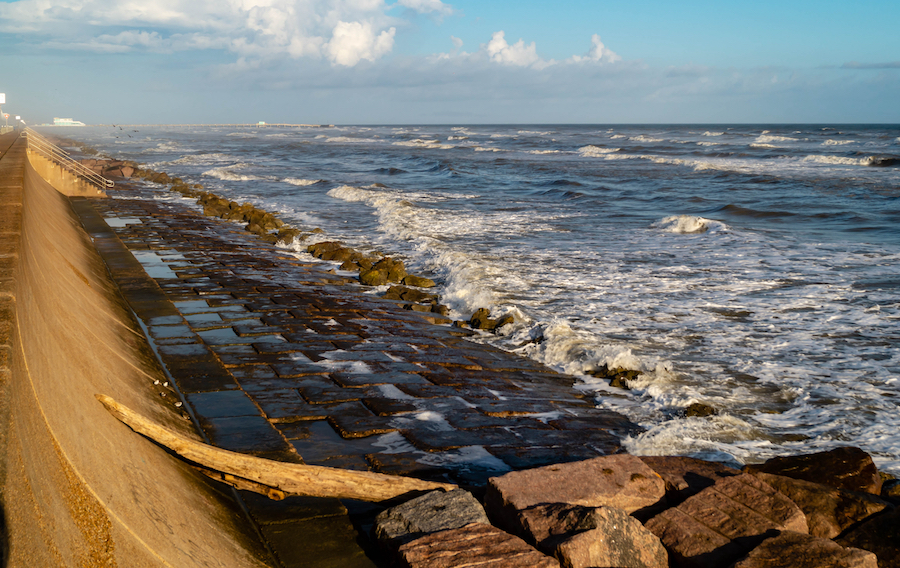The 9-Minute Rule for Shore Protect Team
Wiki Article
The Best Guide To Shore Protect Team
Table of ContentsAn Unbiased View of Shore Protect TeamSome Ideas on Shore Protect Team You Need To KnowFacts About Shore Protect Team RevealedThe Shore Protect Team DiariesLittle Known Facts About Shore Protect Team.What Does Shore Protect Team Mean?Little Known Questions About Shore Protect Team.
Decrease in building value: As the area tourism is impacted by disintegration, so then is the economy. Customers are less most likely to look for a beach home that could be destroyed anytime by the approaching flooding and erosion emergency situation. Subsequently, home value can drop immensely and affect the entire area.Whether a beach is just little and congested or needs to shut completely for the safety and security of the environment and neighboring homes, this significantly affects tourism. Consequently, neighborhood economic climates are influenced (https://www.elephantjournal.com/profile/shoreprotectteam/). Danger of injury: The raised risk of flooding and architectural failures causes a boosted threat of injury to neighboring tourists and area members

is home to greater than 84,240 miles of shoreline with 41% of it revealed to the open ocean. Coastal engineers are in charge of safeguarding the shore versus changes by reducing the harmful impacts of both natural and synthetic events. Shoreline stablizing is straight pertaining to their job. Beachfront hotels: Due to the fact that shoreline disintegration impacts tourism, it impacts the success of waterside resorts.
The Main Principles Of Shore Protect Team
This at some point results in closures and abandoned beachfront residential properties. Coastal industrial companies: No visitors means no business. For those organizations providing to residents, their property is at risk of damage from erosion and flooding. Coastal state parks: State parks that exist along coastlines are at danger of damages. Not only to the manmade frameworks and homes on site, yet likewise to the all-natural ecological communities that exist within.Tough stablizing uses man-made structures as protection to manage disintegration. Many kinds of tough stabilization like seawalls and sheet metal are not perfect for shoreline stablizing.
Shore Protect Team Things To Know Before You Buy
There's likewise not enough evidence of their effectiveness depending on the kind of coastline and local problems. Difficult stabilization strategies often tend to be extra hard to set up and don't match the all-natural visual, sticking out like an aching thumb and hurting neighborhood ecosystems in numerous scenarios. Coastline sustenance is the procedure of including lost sand and debris back to coastlines after erosion has taken place.TrapBags help in the procedure of beach sustenance by safeguarding all-natural communities and enabling plants to grow. They're: Ecologically pleasant: You can use indigenous soil both to surround and to load the TrapBags.

A Biased View of Shore Protect Team
They can likewise be installed without any heavy equipment. Economical: TrapBags are excellent for both small and huge areas of coastline.Incorporated with a high building and construction cost, this has actually resulted in raising use other soft engineering seaside administration options such as coastline replenishment. Seawalls are created from different products, most generally strengthened concrete, boulders, steel, or gabions. Other possible building and construction products include plastic, wood, aluminum, fiberglass composite, and eco-friendly sandbags made of jute and coir. The ideal seawall design counts on location-specific facets, including bordering erosion procedures. There are 3 major kinds of seawalls: upright, curved, tipped, and piles (see table listed below).
Natural barriers, such as coral reefs and mangrove woodlands, avoid the spread of tsunamis and the circulation of seaside waters and reduced the flooding and surge of water. A cost-benefit method is a reliable way to figure out whether a seawall is suitable and whether the benefits are worth the expense.
The Facts About Shore Protect Team Revealed
A seawall is a static attribute which can conflict with the dynamic nature of the shore and impede the exchange of sediment in between land and sea. Benefits and drawbacks of seawalls according to Short (1999) Benefits Disadvantages Lengthy term solution in comparison to soft coastline nourishment (https://www.demilked.com/author/shrprtcttm/).
This can cause beaches to dissipate, providing them useless for beach goers. Normally, seawalls can be an effective method to control seaside erosion, yet only if they are created well and out of products that can stand up to the pressure of ongoing wave power.
Shore Protect Team - An Overview
Integrated with a high building and construction price, this has actually led to increasing use other soft design seaside monitoring alternatives such as coastline replenishment. Seawalls are built from different materials, a lot of typically reinforced concrete, boulders, steel, or gabions. Various other possible construction products consist of plastic, wood, light weight aluminum, fiberglass composite, and biodegradable sandbags made of hemp and coir. The proper seawall style relies on location-specific elements, including surrounding erosion processes. There are 3 primary kinds of seawalls: upright, rounded, stepped, and piles (see table listed below). A record published by the United Nations Atmosphere Programme (UNEP) recommends that the tidal wave of 26 December 2004 triggered much less damage in the areas where all-natural obstacles were present, such as mangroves, coral reefs or coastal plant life.Natural obstacles, such as reef and mangrove woodlands, protect against the spread of tidal waves and the circulation of seaside waters and mitigated the flooding and surge of water. A cost-benefit approach is a reliable means to identify whether a seawall is appropriate and whether the benefits deserve the expense.
The Main Principles Of Shore Protect Team
A seawall is a fixed attribute which can contrast with the vibrant nature of the coast and hinder the exchange of sediment between land and sea. Benefits and disadvantages of seawalls according to Short (1999) Benefits Negative aspects Lengthy term service in comparison to soft beach nourishment.
This can create beaches to dissipate, providing them useless for coastline goers. Generally, seawalls can be a successful way to regulate seaside disintegration, yet only if they are created well and out of products that can withstand the pressure of continuous wave power.
Report this wiki page